Eco-design is becoming a necessity in the fashion industry today. Faced with environmental challenges, committed brands are rethinking the manufacturing of their products to limit their ecological impact. But what is eco-design in leather goods? Why is this approach revolutionizing the sector and how does it combine innovation, sustainability, and aesthetics? We decipher an approach that is shaping the future of responsible leather goods.
What is eco-design?
Eco-design involves integrating environmental criteria from the very creation phase of a product. The goal is to reduce its ecological footprint throughout its life cycle, from the selection of raw materials to its recycling. In the leather goods sector, this involves several levers:
-
The choice of materials : favor alternatives to animal leather such as vegetable leather, Piñatex (pineapple fibers), Muskin (mushroom leather) or recycled materials such as PET from plastic bottles. Grape leather , made from residues from the wine industry, is an innovative and ecological alternative that offers a texture and resistance comparable to animal leather.
-
Responsible production : using manufacturing processes that limit water and energy consumption, by favoring ecological dyes and glues without toxic solvents.
-
Optimized logistics : reducing packaging, favoring biodegradable materials and promoting short supply chains to minimize the carbon footprint.
-
Product durability : designing strong, timeless and repairable bags to avoid overconsumption and extend their lifespan.
-
Responsible end-of-life product management : offering solutions for recycling or reusing used bags.
Why does eco-design change everything?
The adoption of eco-design in leather goods is profoundly transforming the sector and its practices. Here's why this approach is a true revolution:
1. Reduced impact on the environment
The fashion industry is one of the most polluting in the world. Eco-design helps limit this impact by reducing the use of natural resources, reducing pollution from chemical processes, and minimizing waste production. By choosing recycled or bio-sourced materials, responsible leather goods brands actively contribute to the preservation of ecosystems.
2. Innovative and efficient alternatives
Contrary to popular belief, an eco-designed bag is not synonymous with fragility. Today, innovations in sustainable textiles offer alternatives that are as durable as animal leather, but without the negative impact on biodiversity. Materials such as grape skin , apple "leather", or Desserto (cactus) offer excellent resistance to wear.
3. An approach that promotes the circular economy
Eco-design encourages a more virtuous model of production and consumption. Rather than manufacturing single-use or quickly outdated bags, committed brands offer timeless, repairable, and sometimes even returnable accessories. This approach drastically reduces waste and encourages more responsible consumption.
4. Increased transparency and ethics
More and more consumers are demanding transparency about the origins of the products they purchase. Eco-design is part of this dynamic by promoting traceable supply chains, fair production conditions, and concrete commitments to respecting workers. Choosing ethical leather goods also means supporting artisans and manufacturers who are working towards fairer fashion.
5. A change in mentalities and trends
Once considered a niche market, eco-designed leather goods are now appealing to a wide audience. Major luxury brands themselves are investing in sustainable alternatives, a sign that the transition to more responsible fashion is underway. Consumers, better informed and more concerned about their impact, are increasingly favoring brands that are committed to this approach.
How to recognize a truly eco-designed bag?
With greenwashing on the rise, it's essential to know how to identify a truly eco-designed product. Here are some criteria to check before buying a bag:
-
The materials used : are they bio-sourced, recycled, or from certified sources? Choose materials like grape leather , which combines innovation and sustainability.
-
Labels and certifications : certain standards such as GOTS (Global Organic Textile Standard), OEKO-TEX, PETA-Approved Vegan or the FSC label guarantee a product that is more respectful of the environment and animals.
-
Brand transparency : A committed company will communicate clearly about its manufacturing processes and environmental commitments.
-
The origin of the manufacturing : favoring local production helps reduce the carbon footprint and support craftsmanship.
Eco-design in leather goods is not just a trend, but a real turning point for the industry. By rethinking the way bags and accessories are made, it allows us to reconcile style, ethics, and sustainability. Opting for eco-designed leather goods is a committed choice for fashion that is more respectful of the environment and future generations. Through this approach, each consumer becomes an agent of change and contributes to building a more sustainable future for fashion .





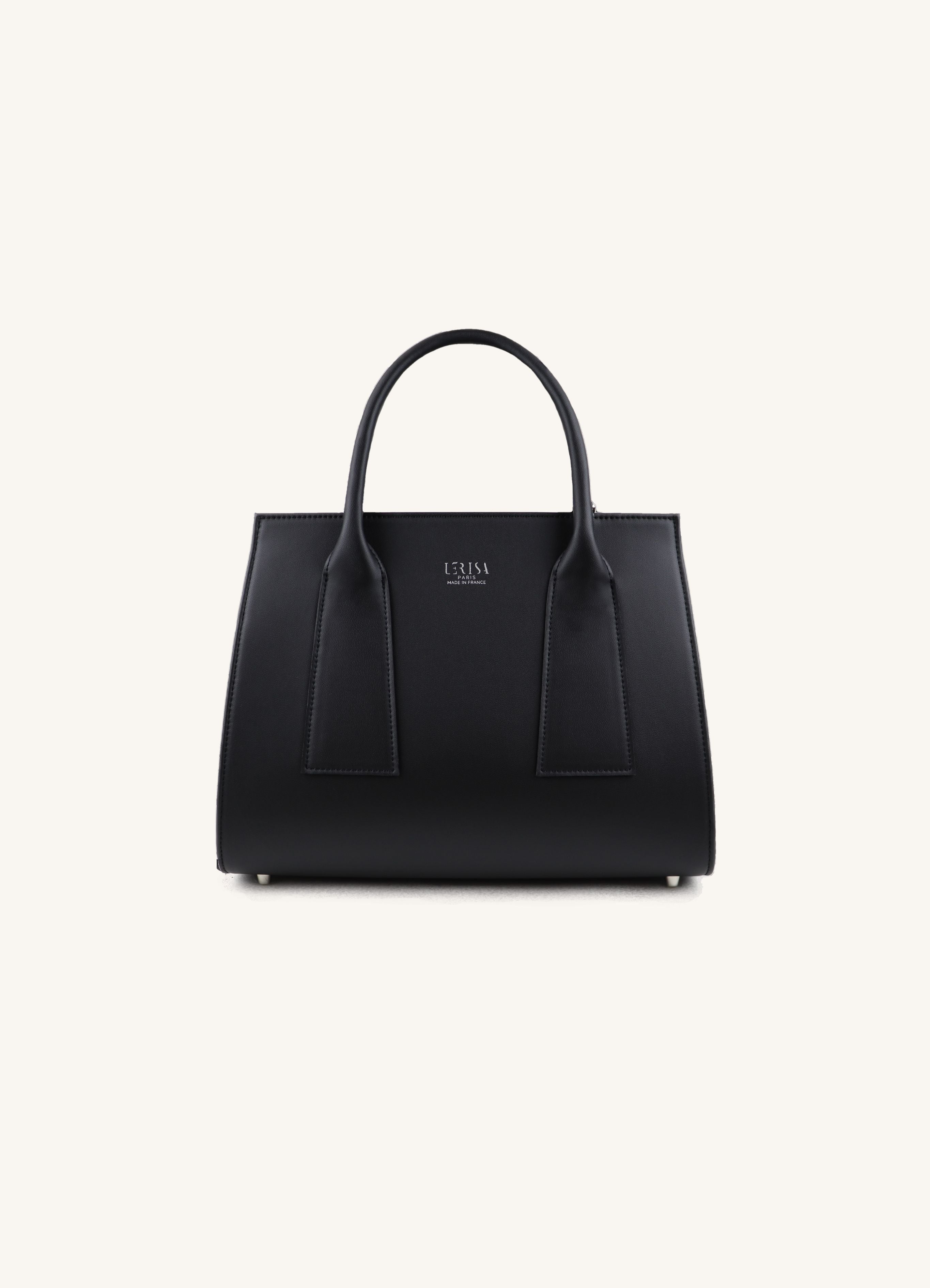
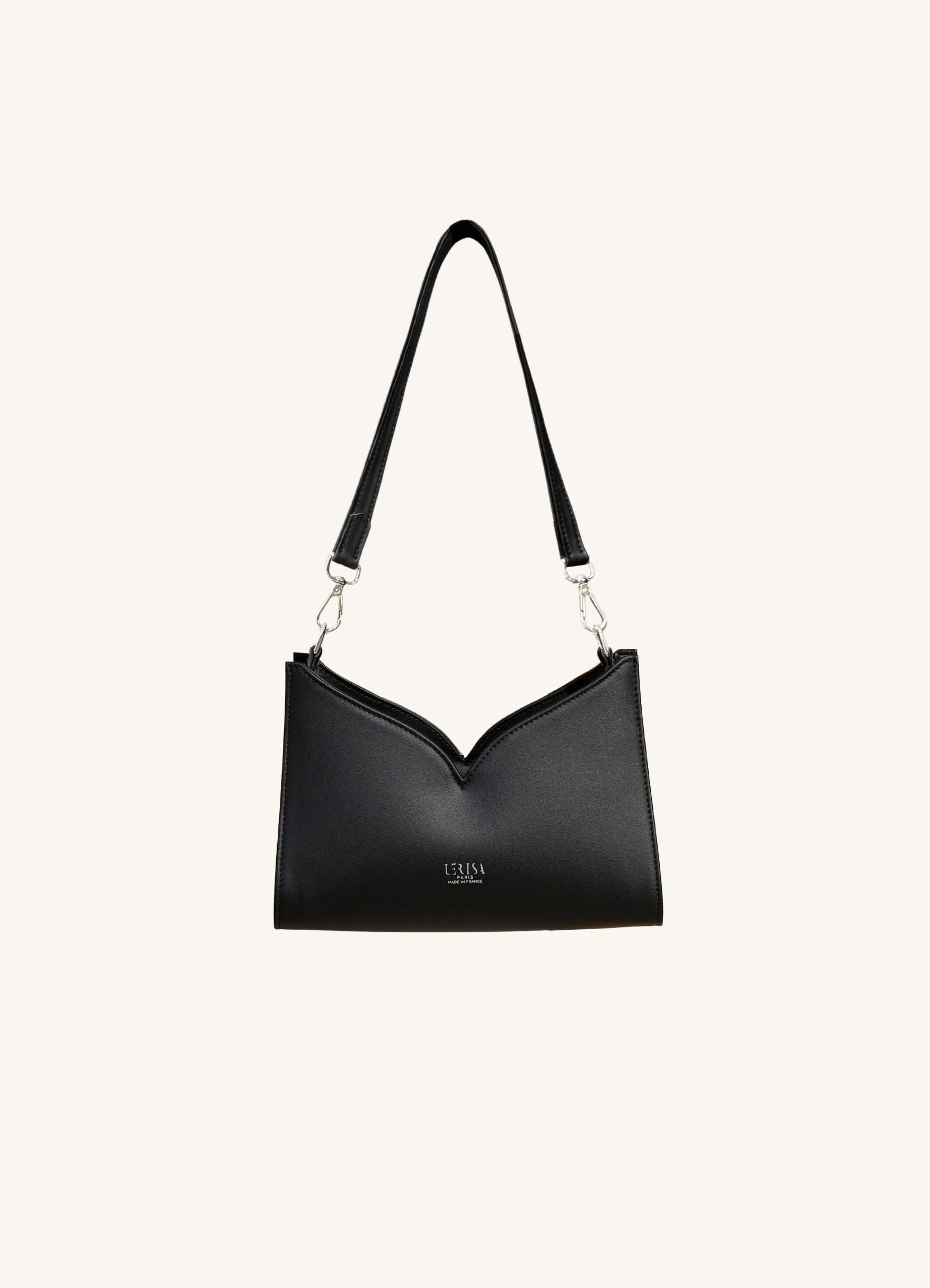
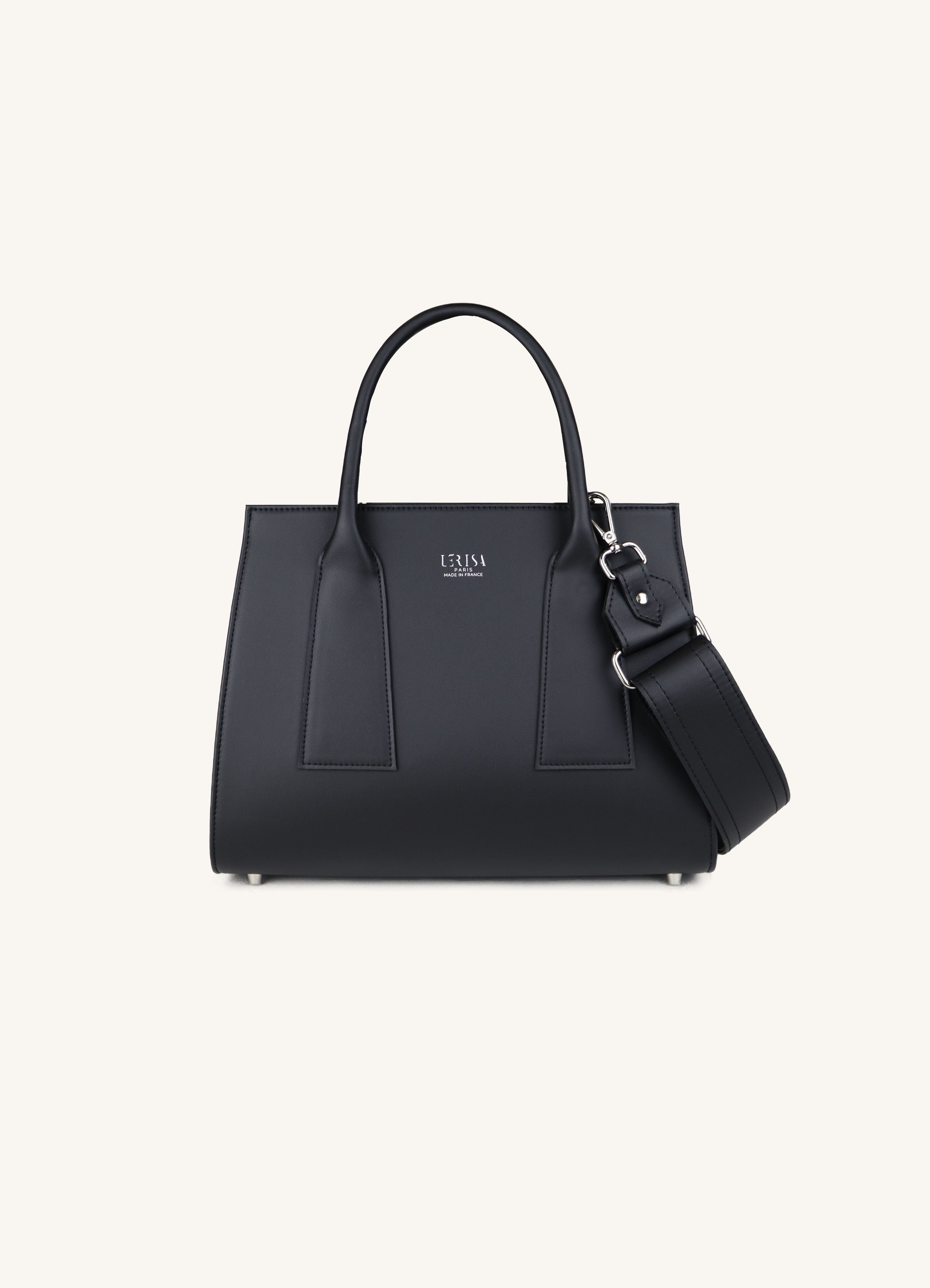
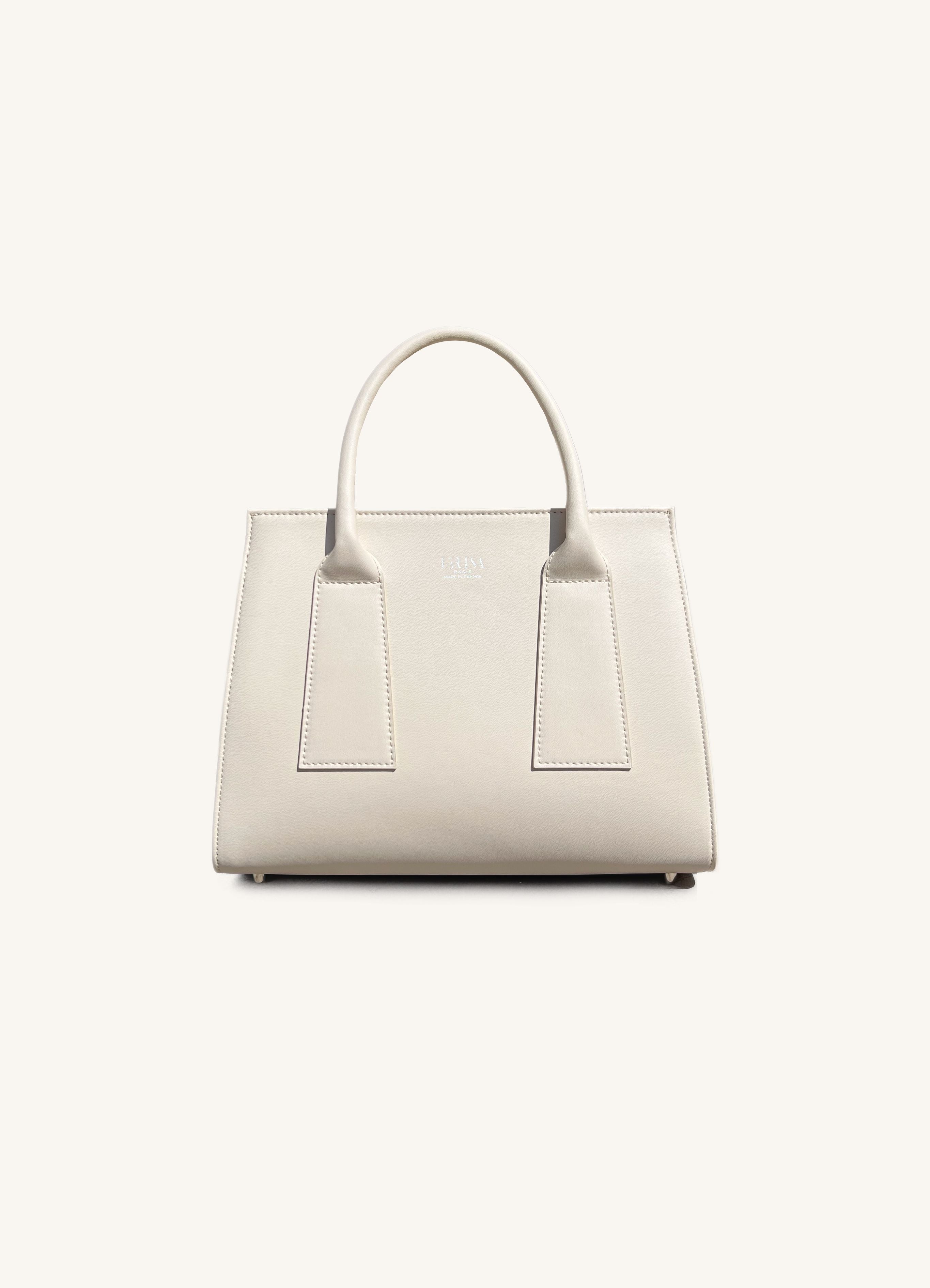
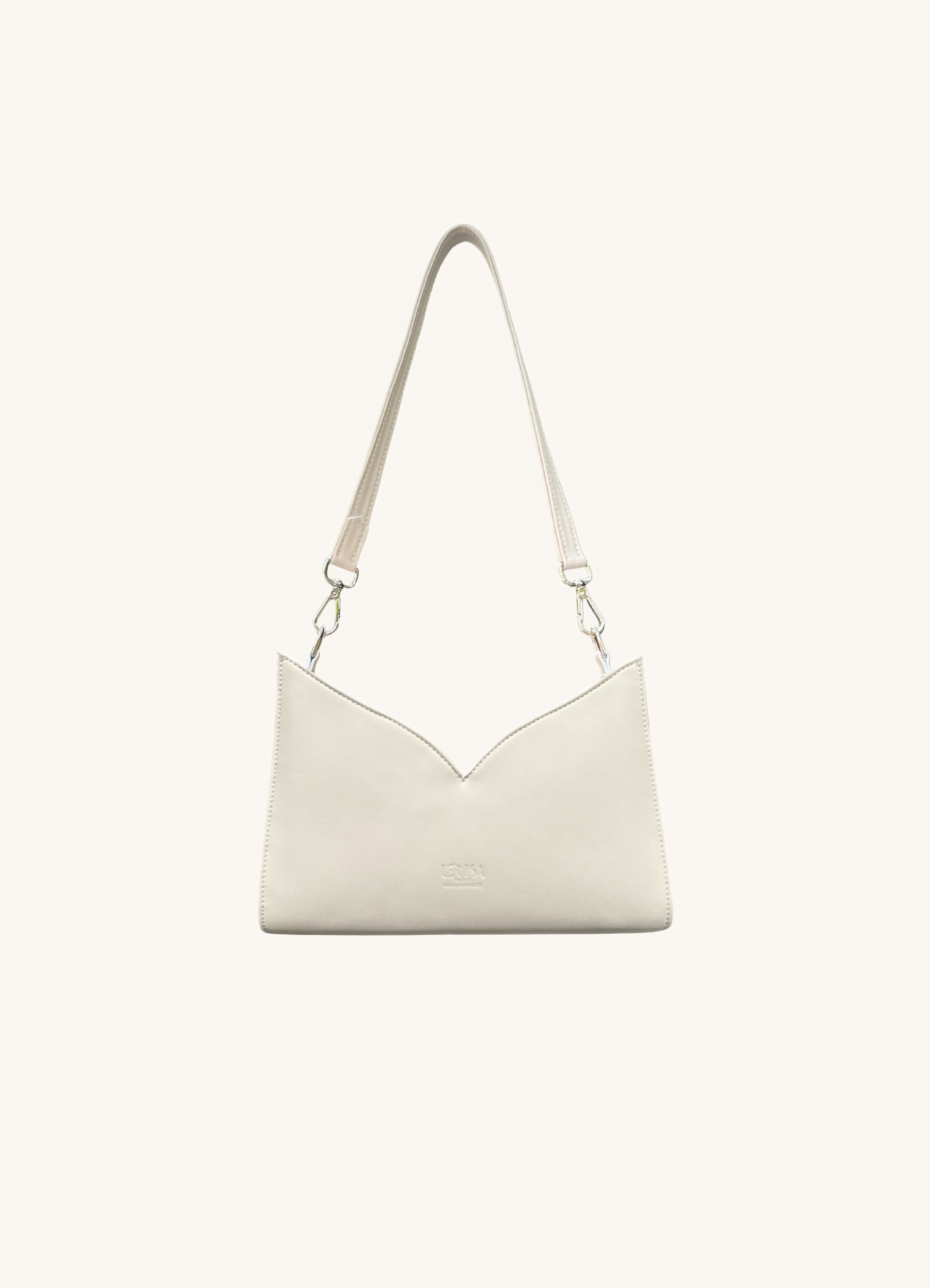
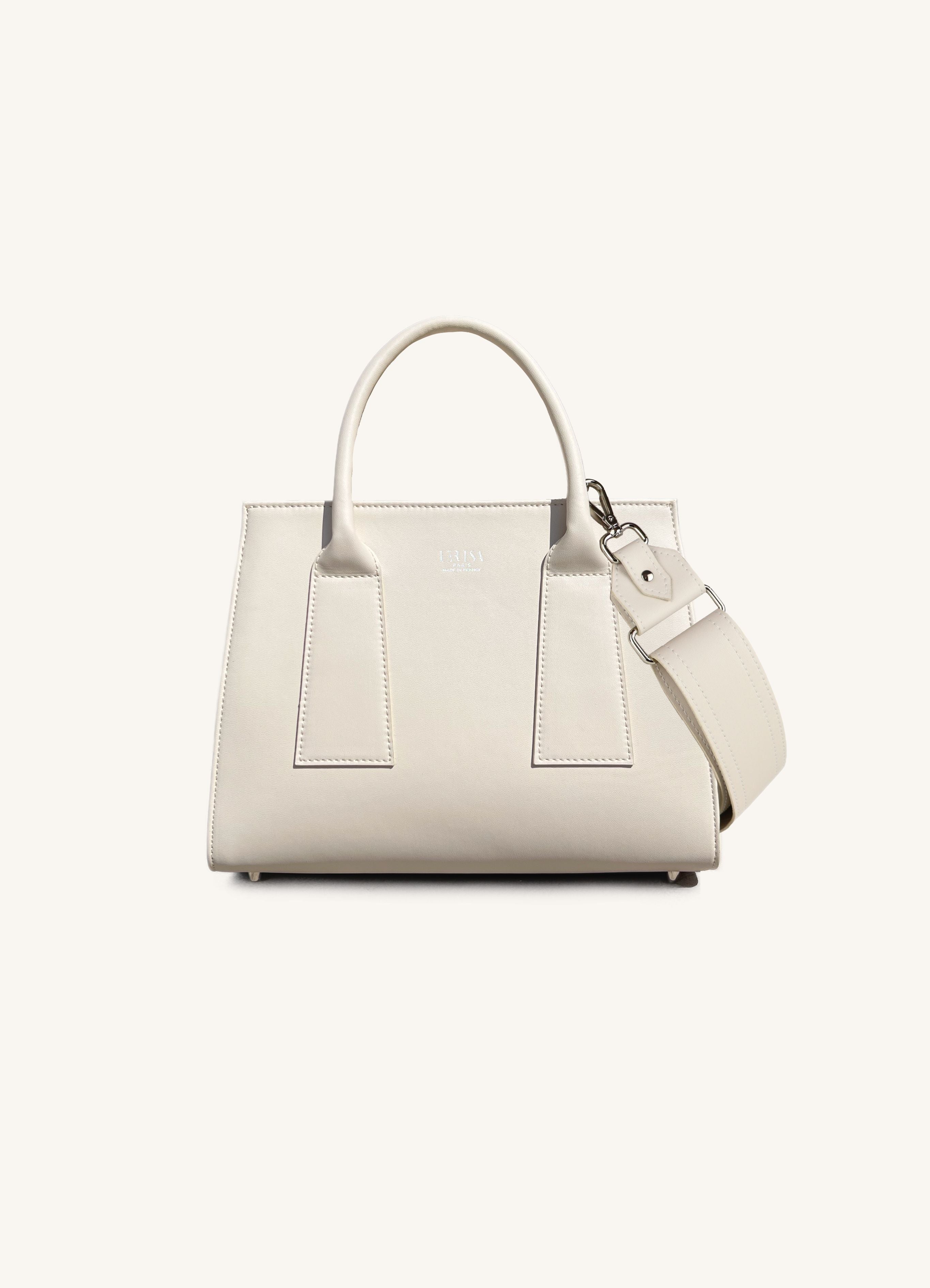

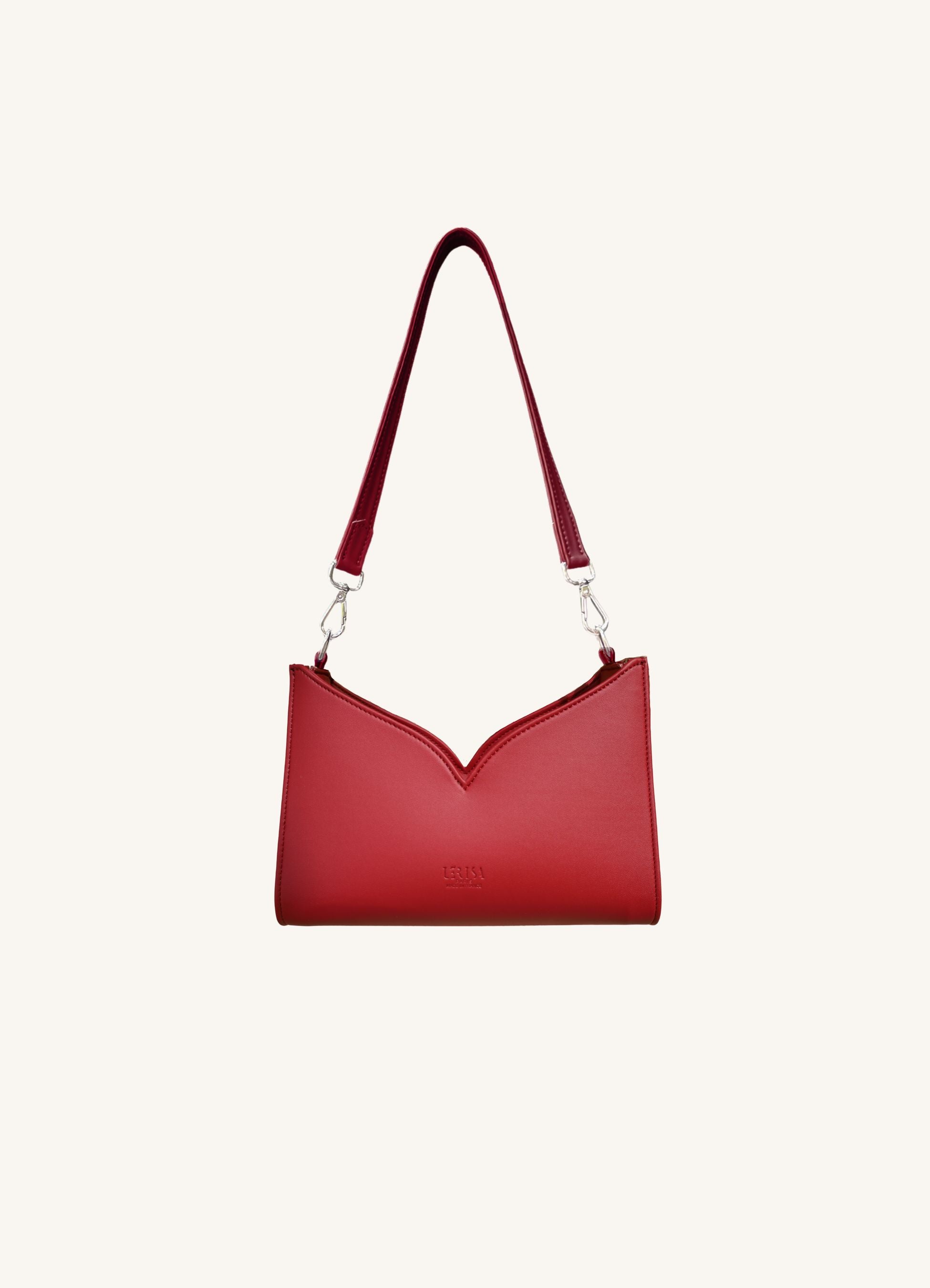

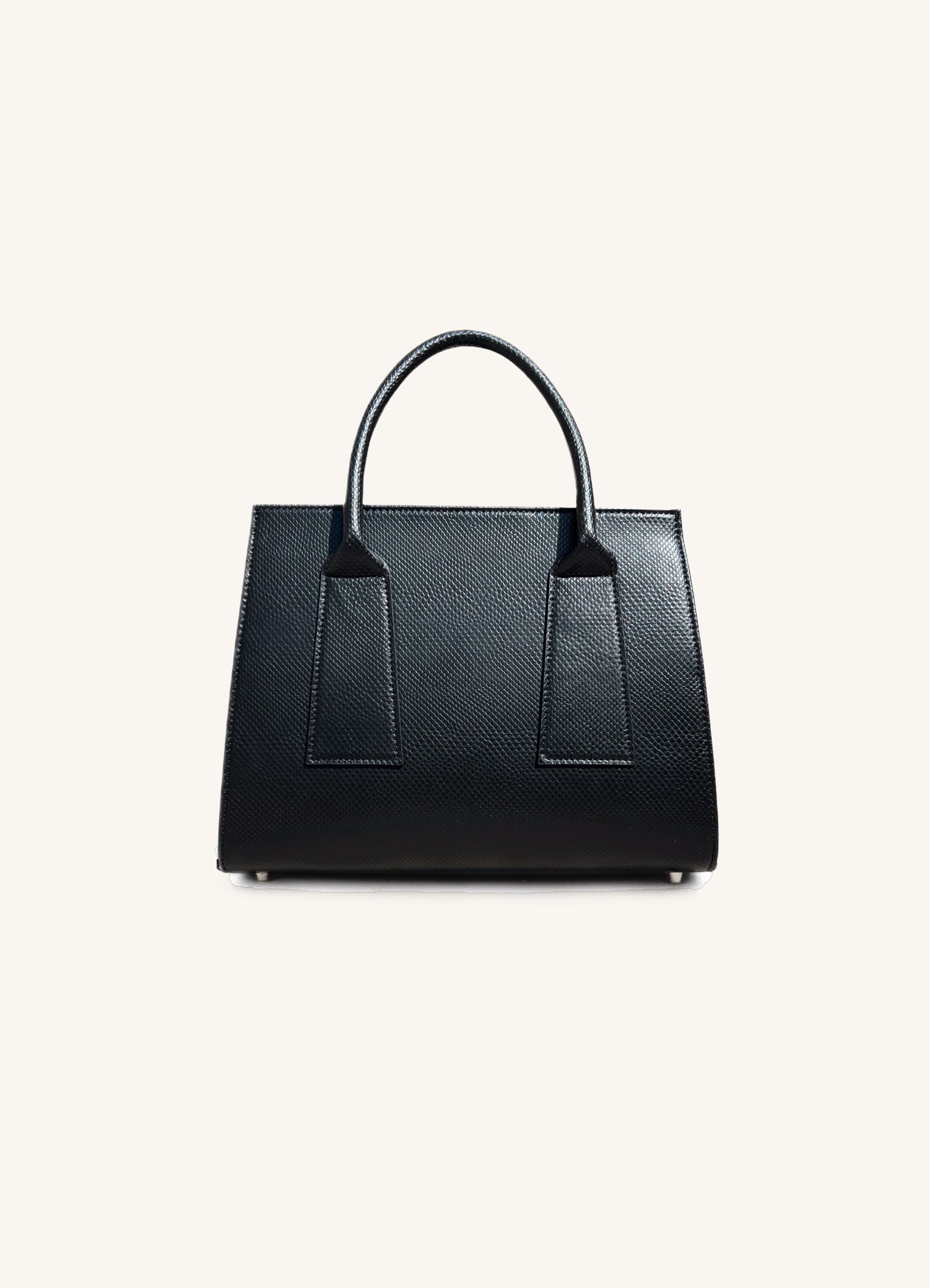

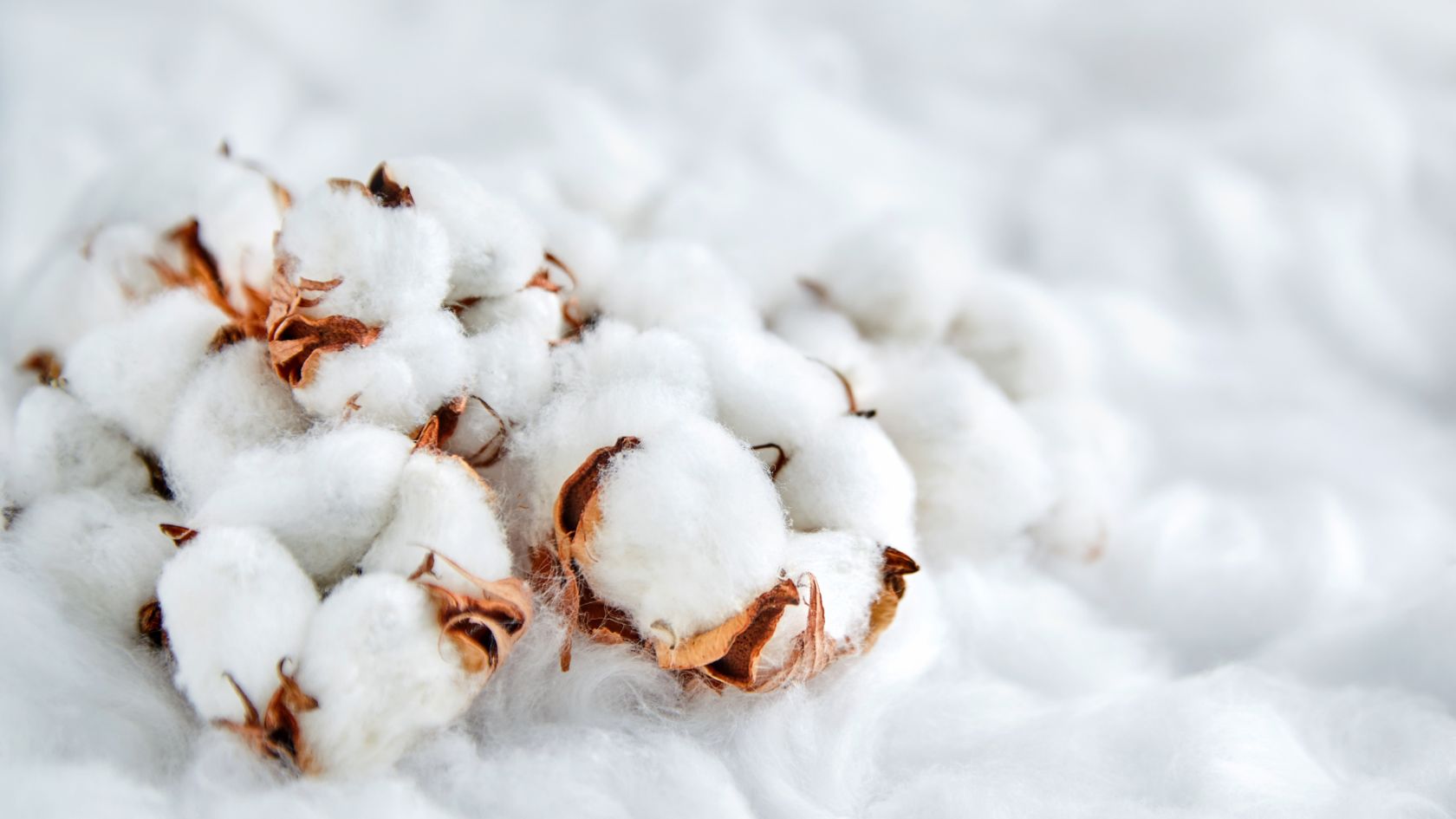
Leave a comment